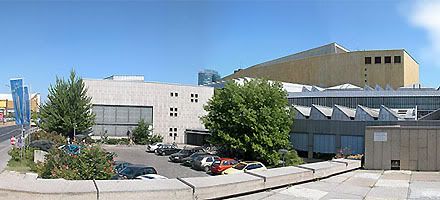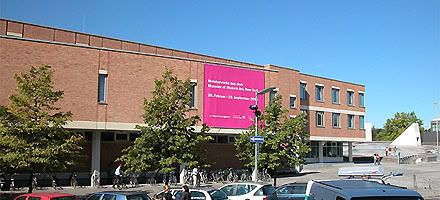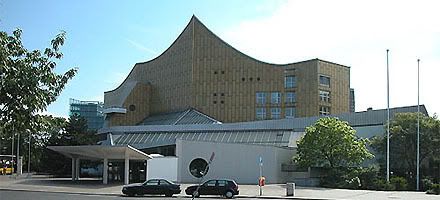czsz said:
Speaking for Potsdamer Platz: I've occasionally compared SBW unfavorably to it, but I think that in both design and architecture it's emerged the far superior development. The most unfortunate aspect of its design is its seeming isolation from the rest of the city, but the architects and planners couldn't help that it was cut off by the Kulturforum or the Landwehrkanal...and who was going to raise the hue and cry against the Holocaust Memorial putting yet another institutional barrier between Potsdamer Platz and the Brandenburg Gate area? Leipziger Platz's completion should help alleviate the disconnect.
And yeah, I really would prefer to have the convention center out on 128 with a 15 minute S-Bahn-equivalent connection. The only things that make that impossible are the fact that the Boston metro isn't one consolidated metropolis as is Berlin and that the North American convention business is predicated on outside-the-front-door access to the city, although this is already somewhat of a joke in Boston's case as the new convention center is isolated on a SBW overpass with nothing interesting in sight other than the hotels and upcoming mall built to serve it. Come to think of it, there's no reason anything on the SBW right now (except for maybe the courthouse, ICA, and the BoA pavillion) couldn't be part of some completely self-contained, suburban development. There's no relation to Boston whatsoever.
I don't want to hear any more boitching about the Marriott Renaissance hotel. This is the Ibis hotel, built in 2004, in Potsdamer Platz.
This is the Marriott in Potsdamer Platz.
Lets look at some of the detail in the 'cacophony picture:
At frame center top, is the 'colonnade'. Kind of hard to see in the haze. Here is what it looks like in a clearer. closer light.
In the very center of the platz, to the right of the glass-walled Sony building, they built what I call the bookend buildings. I mean, why?
(The above picture is from 2003, from cityscape's construction webcam archives of Potsdamer Platz.)
At upper frame right of the cacophony picture, you can just see the start of the cultural section of Potsdamer Platz. Below are pictures of about half the main buildings there.
National Library
Art Library
Philharmonic Hall
At the bottom center of the cacophony picture, there is a row of five square peg buildings, distinguished by each having a different hat (which is not visible from street level). What a cookie cutter assemblage that is.
Google has a street level 360 of Potsdamer Platz here:
http://www.panorama-cities.net/berlin/berlin.html
I doubt that Potsdamer Platz will turn out to be superior to the SBW at all.










